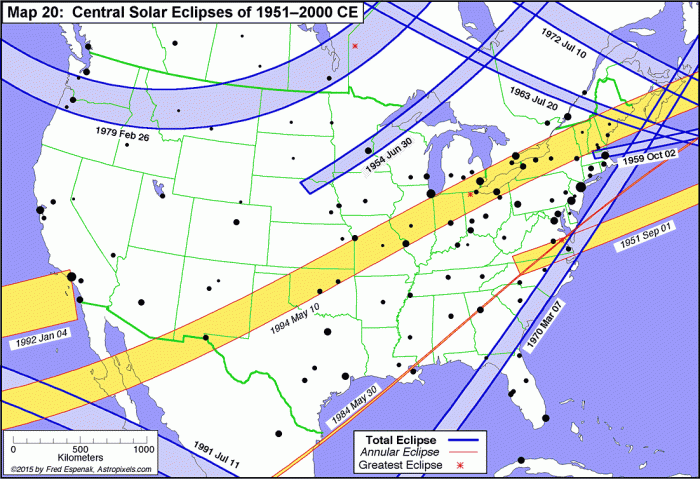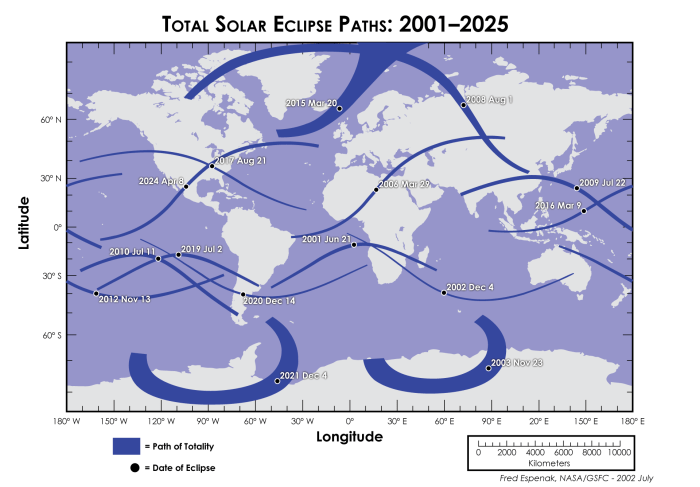Photography Tips for the Eclipse

Capturing a total solar eclipse is a unique photographic challenge, requiring careful planning and the right equipment to achieve stunning results. The fleeting nature of totality, combined with the extreme brightness differences between the sun and its corona, demands specific techniques to avoid overexposure and under-exposure. This section details essential tips and techniques for photographing the 2025 total solar eclipse.
Necessary Equipment for Eclipse Photography
Photographing a total solar eclipse requires specialized equipment to protect your camera and eyes, and to capture the event’s details. Improper equipment can lead to irreversible damage to your camera’s sensor and, more importantly, to your eyesight.
- Camera: A DSLR or mirrorless camera with manual controls is essential for precise exposure adjustments. A camera with a high ISO performance will be beneficial for capturing the faint corona during totality.
- Lens: A telephoto lens with a focal length of at least 400mm is recommended for capturing detailed images of the sun and corona. Longer focal lengths (800mm or more) will provide even greater detail, though image stabilization becomes increasingly important.
- Solar Filter: This is absolutely crucial for protecting your camera’s sensor and your eyes during all phases of the eclipse *except* totality. A high-quality solar filter, specifically designed for astrophotography, should be used. Improper filters can crack under the intense heat. Never look at the sun directly without proper eye protection.
- Tripod: A sturdy tripod is vital for maintaining sharp images, especially with long exposures required for capturing the corona. Consider using a remote shutter release to minimize camera shake.
- Optional Accessories: A intervalometer (for time-lapse photography), extra batteries (eclipse photography can be energy-intensive), and a lens hood to reduce lens flare are helpful additions.
Camera Settings for Different Eclipse Phases
The extreme brightness variation between the partial phases and totality requires careful adjustments to your camera settings. Incorrect settings will result in either severely overexposed images during the partial phases or underexposed images of the corona during totality.
- Partial Phases: Use a solar filter at all times during partial phases. Start with a relatively fast shutter speed (1/2000th of a second or faster), a small aperture (f/8 or f/11), and a low ISO (ISO 100). Adjust these settings as needed to achieve a properly exposed image of the partially eclipsed sun. Experimentation before the event is crucial.
- Totality: Once totality begins, immediately remove the solar filter. The corona is significantly dimmer than the sun’s surface. You will need to increase your exposure time dramatically. Start with a shutter speed of 1/125th of a second at a relatively wide aperture (f/5.6 or f/4) and a low ISO (ISO 100-400). Experiment with different shutter speeds and ISO settings to capture the subtle details of the corona. Consider bracketing your exposures (taking several shots at different settings) to ensure you capture a range of exposures.
Step-by-Step Guide to Photographing the Corona
The corona, the sun’s outer atmosphere, is only visible during totality. Capturing its ethereal beauty requires careful planning and execution.
- Pre-Eclipse Preparation: Familiarize yourself with your camera and lens settings. Practice focusing and composing your shots before the eclipse begins. Have your tripod securely set up in a location with a clear view of the horizon.
- During Totality: Remove your solar filter *only* when totality begins. Quickly adjust your camera settings (see above). Compose your shot, ensuring the sun is centered in the frame. Take multiple shots at different exposure settings to capture the details of the corona.
- Post-Totality: Immediately replace your solar filter once totality ends. The sun’s brightness will increase rapidly. Continue photographing the remaining partial phases using your solar filter and the settings you used during the initial partial phases.
Frequently Asked Questions (FAQ): Total Eclipse Pathway 2025

Planning to witness the awe-inspiring spectacle of the 2025 total solar eclipse? This section addresses some common queries to help you prepare for this celestial event. Understanding these key points will ensure a safe and memorable experience.
A Total Solar Eclipse, Total Eclipse Pathway 2025
A total solar eclipse occurs when the Moon passes directly between the Sun and the Earth, completely blocking the Sun’s light. This creates a dramatic effect, plunging the area within the Moon’s shadow into temporary darkness, revealing the Sun’s corona—its outer atmosphere—a breathtaking sight rarely witnessed. The effect is similar to a pinpoint shadow cast by a perfectly aligned object.
Frequency of Total Solar Eclipses
Total solar eclipses are relatively rare events. While partial solar eclipses are more frequent, a total solar eclipse is visible from a specific location on Earth only once every 375 years, on average. However, somewhere on Earth experiences a total solar eclipse approximately every 18 months. The predictability of these events is high, with astronomers capable of calculating their paths and timing years in advance, allowing for meticulous planning by eclipse enthusiasts. For example, the precise path and timing of the 2025 eclipse was calculated and publicized well in advance.
Safe Viewing Locations for the 2025 Eclipse
The 2025 total solar eclipse will traverse a specific path across the globe. Several locations along this path offer excellent viewing opportunities, depending on weather forecasts and accessibility. These include, but are not limited to, certain regions in North America, providing clear skies and potentially less crowded viewing areas compared to more popular locations. Specific cities and towns along the path of totality will be publicized closer to the date by various astronomical organizations and news outlets. Careful consideration should be given to accessibility, accommodation availability, and potential weather conditions when choosing a viewing location.
Safe Solar Eclipse Viewing Equipment
Protecting your eyes during a solar eclipse is paramount. Looking directly at the Sun, even during a partial eclipse, can cause serious and permanent eye damage. Never look at the Sun without proper eye protection. Certified ISO 12312-2 rated solar eclipse glasses are essential. These glasses are specifically designed to filter out harmful ultraviolet and infrared radiation. Alternatively, indirect viewing methods, such as using a pinhole projector to cast an image of the Sun onto a screen, offer a safe way to observe the eclipse without risking eye damage. Improper eye protection, such as regular sunglasses or homemade filters, will not adequately protect your eyes and should never be used.
Planning your viewing spot for the Total Eclipse Pathway 2025 requires careful consideration of the path’s specifics. To help you determine optimal viewing locations within the path, it’s helpful to check precise timings for major cities. For New York City, you can find this information by checking the detailed schedule at Total Eclipse 2025 Time Nyc. Knowing the exact time will help you secure a spot along the Total Eclipse Pathway 2025 and maximize your viewing experience.
The 2025 total solar eclipse will trace a fascinating path across North America, a celestial event eagerly anticipated by astronomy enthusiasts. Determining which specific locations will experience totality is crucial for planning, and to find out which Ohio cities will be in the path of totality, check out this helpful resource: What Cities In Ohio Will See The Total Eclipse In 2025.
This information is key to understanding the broader Total Eclipse Pathway 2025 and optimizing viewing opportunities.
Planning your viewing spot for the Total Eclipse Pathway 2025 requires careful consideration of the path of totality. To help you navigate this exciting event, you might find the comprehensive resource, Total Eclipse 2025 World , incredibly useful. This website offers detailed information to assist in your planning, ultimately enhancing your Total Eclipse Pathway 2025 experience.
Planning your viewing spot for the Total Eclipse Pathway 2025 requires careful consideration of the path’s specifics. A key element in this planning is understanding the precise locations within the path experiencing totality, and for this, referencing resources like this helpful guide on Total Eclipse In Usa 2025 can be invaluable. Ultimately, detailed knowledge of the Total Eclipse Pathway 2025 will ensure you’re perfectly positioned for this celestial event.
The 2025 total eclipse pathway will traverse several states, offering unique viewing opportunities across the country. For those in the Midwest, a prime location to witness this celestial event is Wisconsin, as detailed on this informative website: Total Solar Eclipse 2025 Wisconsin. Planning your viewing spot along the total eclipse pathway requires careful consideration of factors like accessibility and predicted weather conditions.